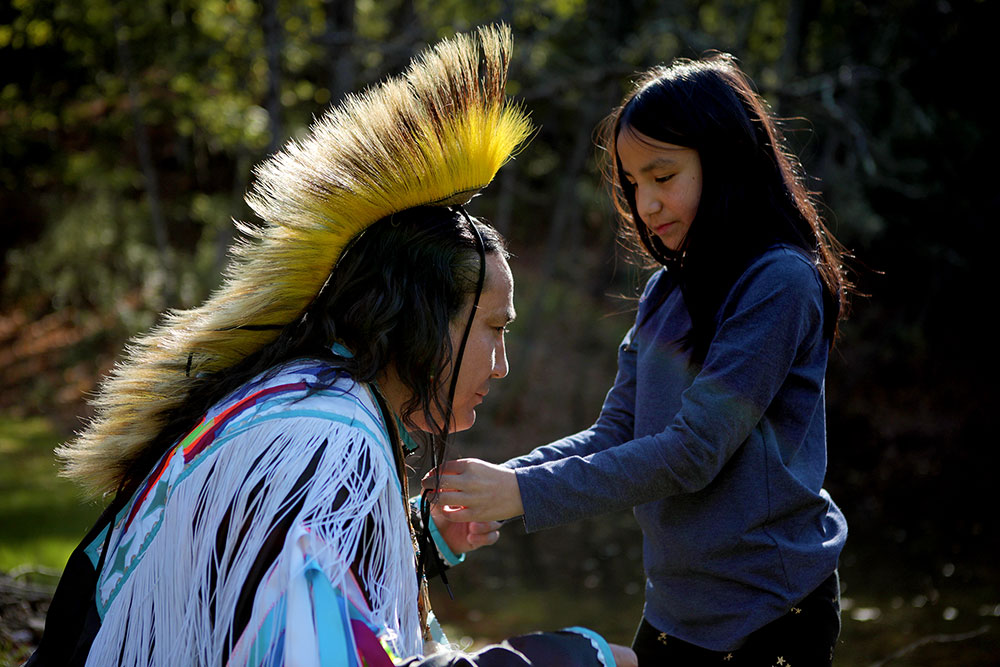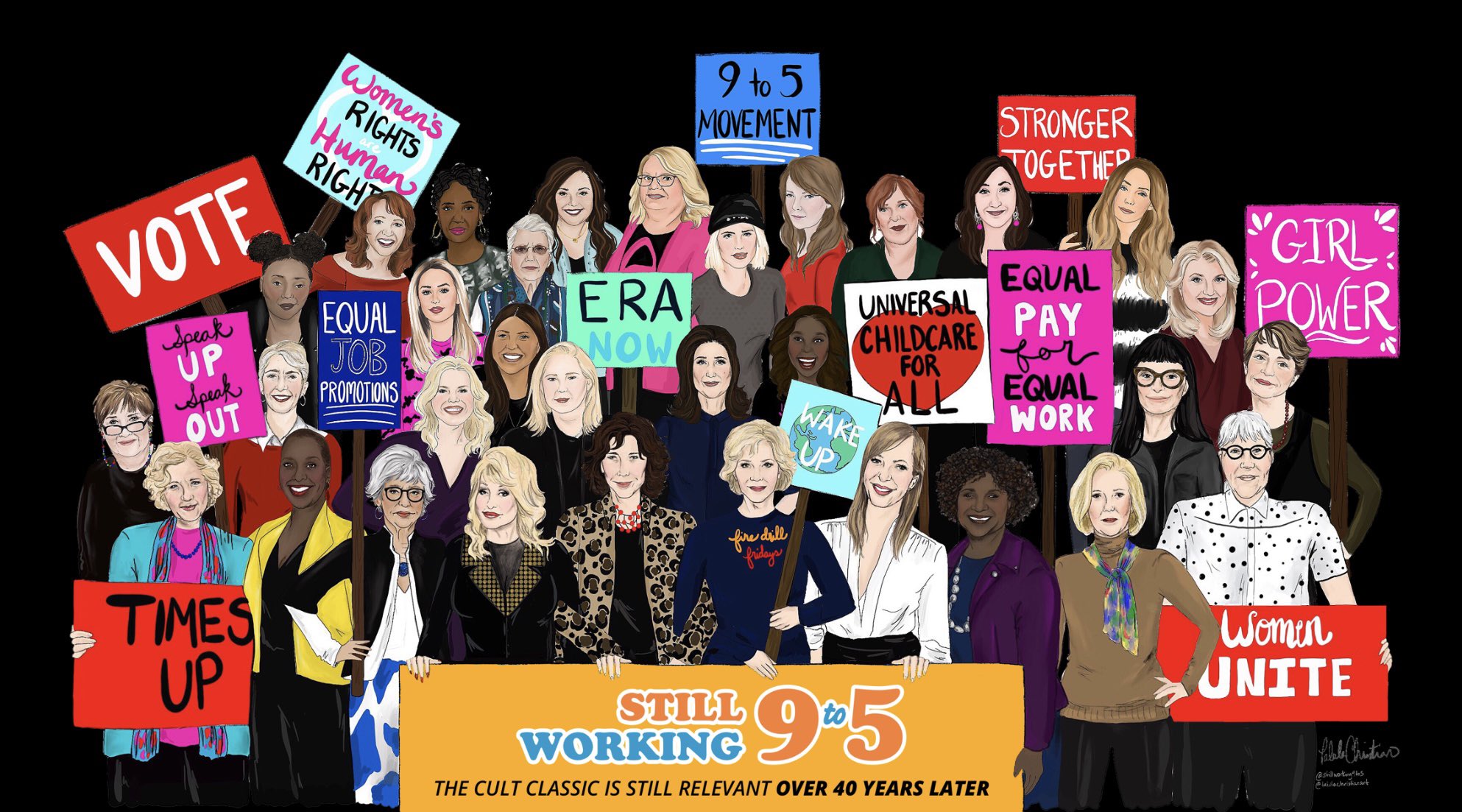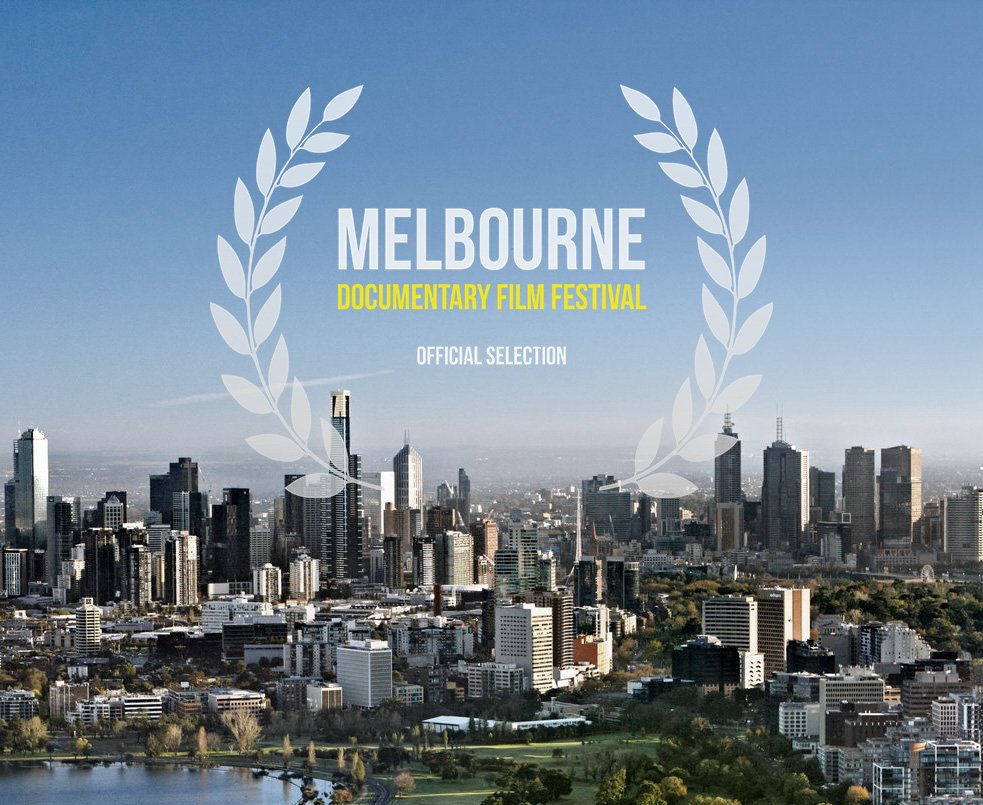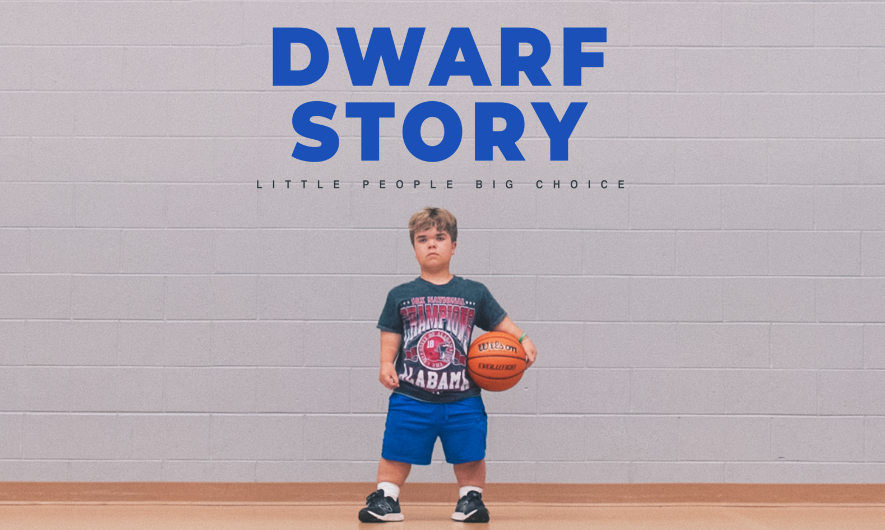“Without Arrows,” co-directed by Jonathan Olshefski and Elizabeth Day, is a beautifully crafted documentary that spans over thirteen years in the lives of a Lakȟóta family. The film delves into the complex experience of Delwin Fiddler Jr., a champion grass dancer, who left his Cheyenne River Sioux Tribe reservation in South Dakota to build a new life in Philadelphia. Through stunning visuals and deeply personal interviews, the documentary explores themes of family, trauma, identity, and the importance of cultural roots.
One of the film’s greatest strengths lies in its intimate portrayal of the Fiddler family.
The film captures the raw emotions and challenges that Delwin, his mother, father, and other family members face, painting a vivid and honest picture of their evolving experience together as a family and apart. Delwin’s journey to confront his past and reconcile his Native American heritage with his life in the city serves as a powerful centerpiece for the documentary, inviting viewers to reflect on their own personal journeys and the forces that shape our lives.
The film is observational, and through its rich visual tapestry of life in the Fiddler’s home viewers are able to develop their own thoughts and feelings about Delwin’s experience, even at times feeling not as outsiders but as though they are part of the family too. The directors’ keen eye for detail and their skillful use of light and color serve to heighten the emotional resonance of each scene, drawing viewers deeper into the Fiddler family’s world.
Every family encounters challenges, joy, love, loss, and change.
“Without Arrows” captures these moments in a universal and resonating way. The film’s exploration of trauma, healing, and resilience is handled with great sensitivity, encouraging viewers to consider the impact of personal experiences on our lives and bravely embracing the unknown as one moves forward.
Showcasing the rich cultural traditions of the Lakȟóta people, some of the film’s most beautiful and touching scenes are of the interactions between Delwin and his young daughter, as he teaches her about the tribe’s dances, gatherings, and rituals. They are sweet moments between a father and daughter but in the tenderness there is great profoundness.
There is a breathtaking scene in “Without Arrows” of a lightning storm on the vast South Dakota plains. Many people would be scared of such a storm. The Fiddlers watch it, embracing the lightning strikes with anticipation, not fear. Perhaps the strikes can be viewed as a metaphor for the changes that face us all. Do we fear the lightning strikes, or encounter them with awe and embrace the beauty that comes after the storm?
Time never stands still. Not in Philadelphia nor on a reservation in South Dakota. At its heart, “Without Arrows” is not an uncommon story. Yet, it is an inspiring one. It is a film that challenges stereotypes of Native American culture and fosters a deeper understanding of a complex and beautiful community.
On the path of self-discovery, sacrificing one’s heritage should never be an option. Delwin’s story in “Without Arrows” shows us that one can face the lightning, embrace the unknown, and always, always carry the love of family and culture with them.
See “Without Arrows” streaming online at the Melbourne Documentary Film Festival through July 31st. For more information, visit: mdff.org.au.




